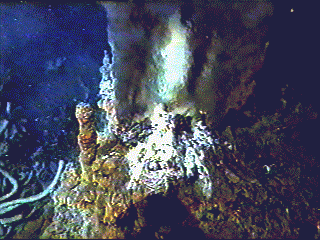“I truly had not realized that Harlem had so many stores until I saw them all smashed open; the first time the word wealth ever entered my mind in relationship to Harlem was when I saw it scattered in the streets. But one’s first, incongruous impression of plenty was countered immediately by an impression of waste. None of this was doing anybody any good. It would have been better to have left the plate glass as it had been and the goods lying in the stores.
It would have been better, but it would also have been intolerable, for Harlem had needed something to smash. To smash something is the ghetto’s chronic need. Most of the time it is the members of the ghetto who smash each other, and themselves. But as long as the ghetto walls are standing there will always come a moment when these outlets do not work.”
—James Baldwin, “Notes of a Native Son”
Since Olmsted the project of landscape architecture has been to predict, sublimate, and repress intense emotion (paysage ou révolution). The landscape solution to the “intolerable” rage of the oppressed and desperate is generally to provide more-or-less accessible spaces for programmed salutary bourgeois recreation. To wit:
“The situation in Harlem had grown bad enough for clergymen, policemen, educators, politicians, and social workers [ed—in 2020, “designers” surely have a seat at this table] to assert in one breath that there was no ‘crime wave’ and to offer, in the very next breath, suggestions as to how to combat it. These suggestions always seemed to involve playgrounds, despite the fact that racial skirmishes were occurring in the playgrounds, too.”
Landscape architecture should always be on the side of the chronic need to smash, not the side of the improving urge to repress emotion. It is a discipline of death, decay, chaos, and disruption; and it is the only design field that engages the body, fully, in space and in rugged contact with the material world.
“It is unlikely that anyone acquainted with Harlem seriously assumes that the presence of one playground more or less has any profound effect upon the psychology of the citizens there. And yet it is better to have the playground; it is better than nothing; and it will, at least, make life somewhat easier for parents who will then know that their children are not in as much danger as being run down in the streets.”
—James Baldwin, “The Harlem Ghetto”
Is landscape architecture anything more than the question of whether to add one playground more or less?
